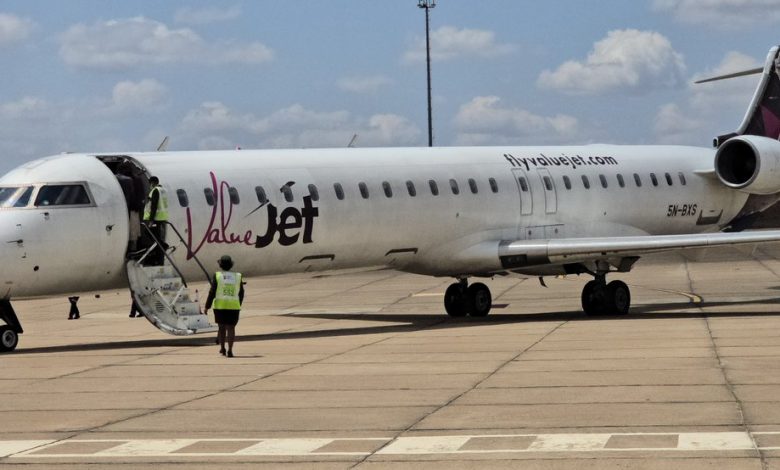Keep required aviation certifications current for smooth travel at Polokwane

Flight procedures at Polokwane International Airport have been temporarily halted because of a delay in getting the green light for updated flight plans. This issue is part of a larger programme to maintain instrument flight procedures and is connected to the Air Traffic and Navigation Services (ATNS) which is currently renewing its Flight Procedure Design Certification, a requirement under the South African Civil Aviation Regulations (SACAR). Although the airport is still open for business, these temporary changes could lead to disruptions in flight schedules.
Key details of the flight procedure suspension
- What: Temporary suspension of flight procedures.
- Where: Polokwane International Airport.
- Why: Delays in regulatory approval for revised flight procedures.
- Underlying cause: Part of an Instrument Flight Procedure Maintenance Programme.
- Involved parties: Air Traffic and Navigation Services (ATNS).
- Regulatory framework: South African Civil Aviation Regulations (SACAR).
- Current status of ATNS: Undergoing a Flight Procedure Design Certification renewal.
- Impact: Potential flight disruptions, though the airport remains operational.
- Source of information: Limpopo Chronicle, originally posted on 11 October 2025.
A closer look at the flight procedure suspension
Polokwane International Airport is currently experiencing a temporary suspension of its flight procedures. This isn’t due to any immediate safety concerns or a closure of the airport itself, but rather a bureaucratic delay. The airport is involved in an ongoing Instrument Flight Procedure Maintenance Programme. As part of this programme, updated flight procedures need to be approved by the relevant authorities. However, there have been delays in receiving this regulatory approval. This situation is directly linked to the Air Traffic and Navigation Services (ATNS), which is in the process of renewing its Flight Procedure Design Certification. This renewal is a mandatory requirement stipulated by the South African Civil Aviation Regulations (SACAR). While passengers and cargo can still come and go from the airport, the lack of approved, revised flight procedures means that air traffic control might face limitations, potentially leading to delays or changes in flight schedules for airlines using the airport.
Frequently asked questions about the Polokwane Airport flight procedure suspension
- Q1: What exactly does “suspension of flight procedures” mean?
A1: It means that the specific, detailed plans and instructions that guide aircraft when taking off, landing, or flying in certain conditions are temporarily not being used or are under review. This can affect how flights are managed. - Q2: Has Polokwane International Airport closed?
A2: No, the airport is still operational. Flights can still land and take off, but the procedures guiding these movements might be affected, potentially causing delays. - Q3: Who is responsible for these flight procedures?
A3: The Air Traffic and Navigation Services (ATNS) is responsible for developing and maintaining these procedures, in line with regulations set by the South African Civil Aviation Regulations (SACAR). - Q4: How long will this suspension last?
A4: The article doesn’t specify an exact duration. It depends on how quickly the regulatory approval for the revised flight procedures is granted. You can check more stories like this for updates. - Q5: Will my flight be cancelled?
A5: It’s unlikely to be a cancellation, but disruptions and delays are possible. It’s advisable to check directly with your airline for the most up-to-date information on your specific flight. - Q6: Where can I find more information about this issue?
A6: You can find original reporting on this matter from the Limpopo Chronicle, for instance, here. For broader news updates, you can visit cityofthohoyandou.co.za.





